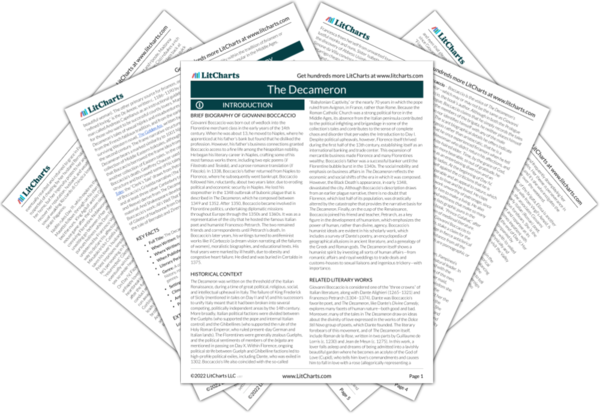Boccaccio’s comments about leeks play on the vegetable’s visual similarity to male anatomy, as well as playing with the contrast between its green leaves (where green represents youth and vigor) and white head (which, with its white, hair-like roots, resembles the head of an old man). This metaphor recalls the arguments made earlier by Master Alberto defending the affections of older men (I, 10), even as it pushes back against the consistent representation of old men as sexually impotent (for example, Ricciardo di Chinzica in II, 10 or Friar Puccio in III, 4).
